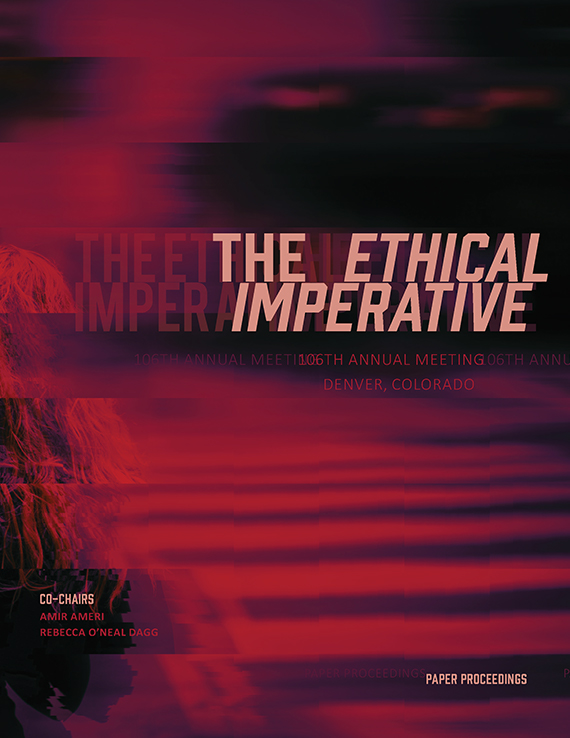Author(s): Mohamed Ismail
With one of the highest urbanization rates in Africa, at 4.3%, per anum, nearly half of Sudan lives in its cities. Two-thirds of that urban population lives in slums or otherwise informal settlements, and current construction practices and housing policies cannot meet growing housing needs. There is an opportunity for architecture that responds to the housing needs and material availability while reflecting local housing traditions. Synthesis structures are structures informed by their material understanding, their process of construction, and inform their interior space and texture (Corrao and Pastre). This includes traditional compressive forms like the arch, vault, and dome, and more. The raw materials and the labor needed for masonry are plentiful in Sudan, especially in Khartoum at the clay-rich riverbeds of the Niles (Alam). Unfortunately, earthen construction suffers the stigmas of poverty, structural insufficiency, and deficient technical knowledge (Osmani and Hadjri). Masonry synthesis structures may potentially overcome the perceived cultural and performative limitations of earthen construction. Worldwide, there are ongoing efforts to reimagine the possibilities of earth-based construction in cities. This is not a new phenomenon; in Architecture for the Poor, Hassan Fathy explored the use of mudbrick beginning in the 1930s (Fathy). Fathy referenced traditional and vernacular architecture to inform the contemporary design of rural housing. Today, architects are learning from centuries of vernacular architecture while pushing traditional material use further than ever before. This research identifies potential new applications of masonry synthesis structures in the design of a new urban residential architecture in Khartoum, Sudan.
https://doi.org/10.35483/ACSA.AM.106.15
Volume Editors
Amir Ameri & Rebecca O'Neal Dagg
ISBN
978-1-944214-15-9

 Study Architecture
Study Architecture  ProPEL
ProPEL 
